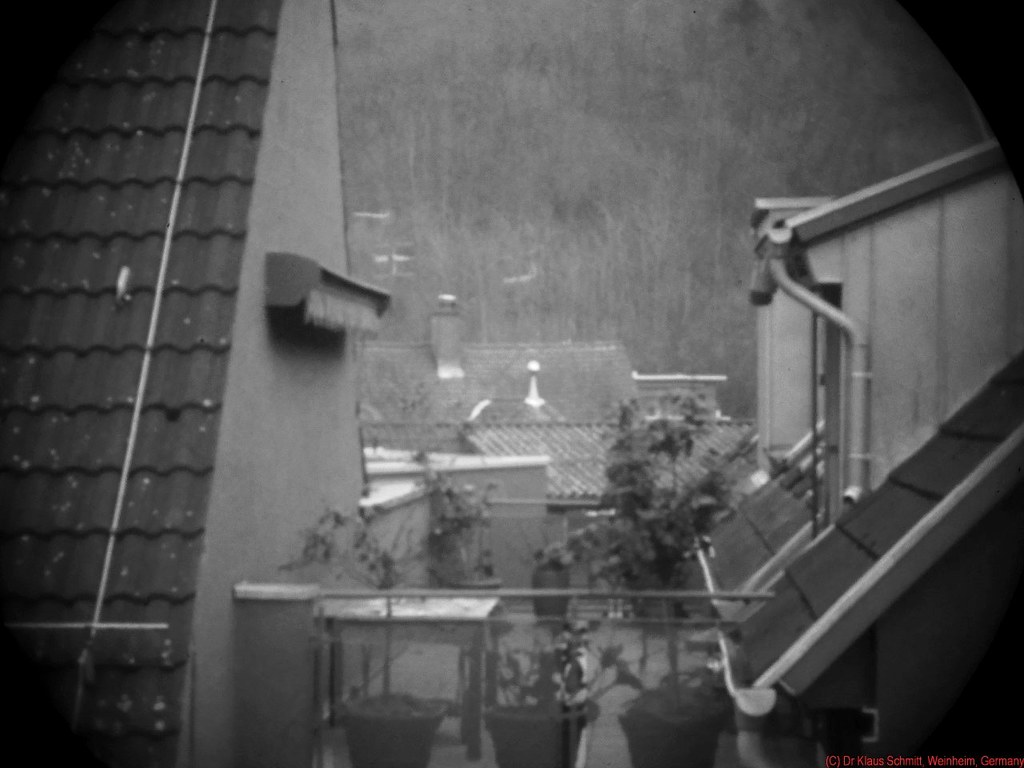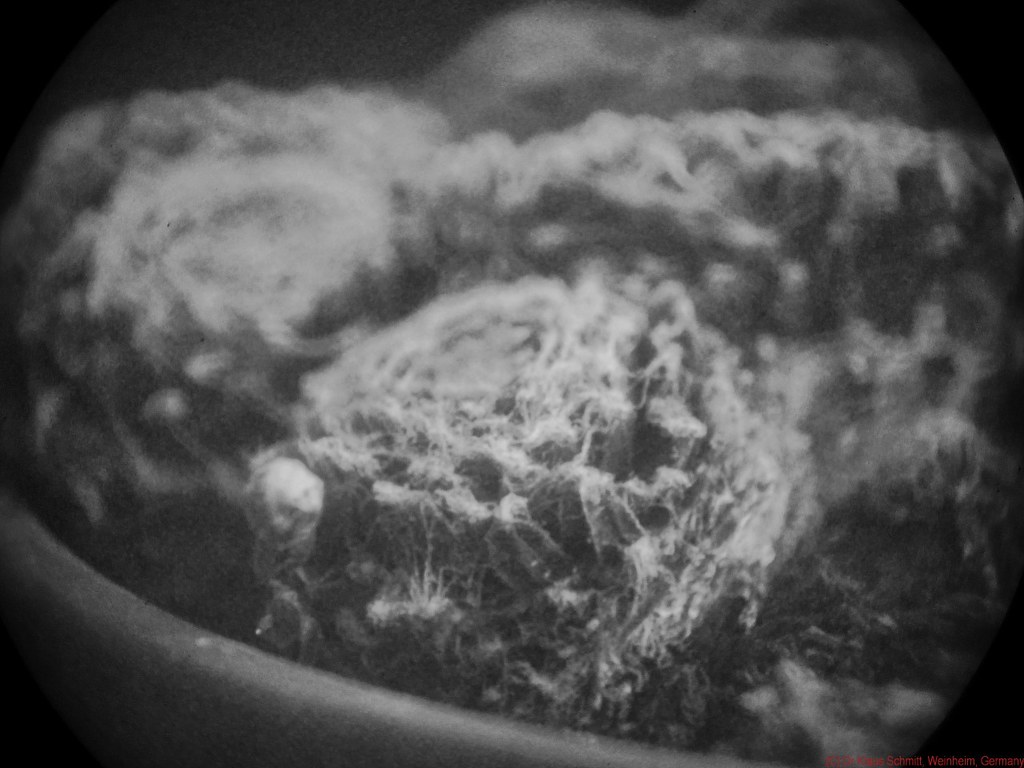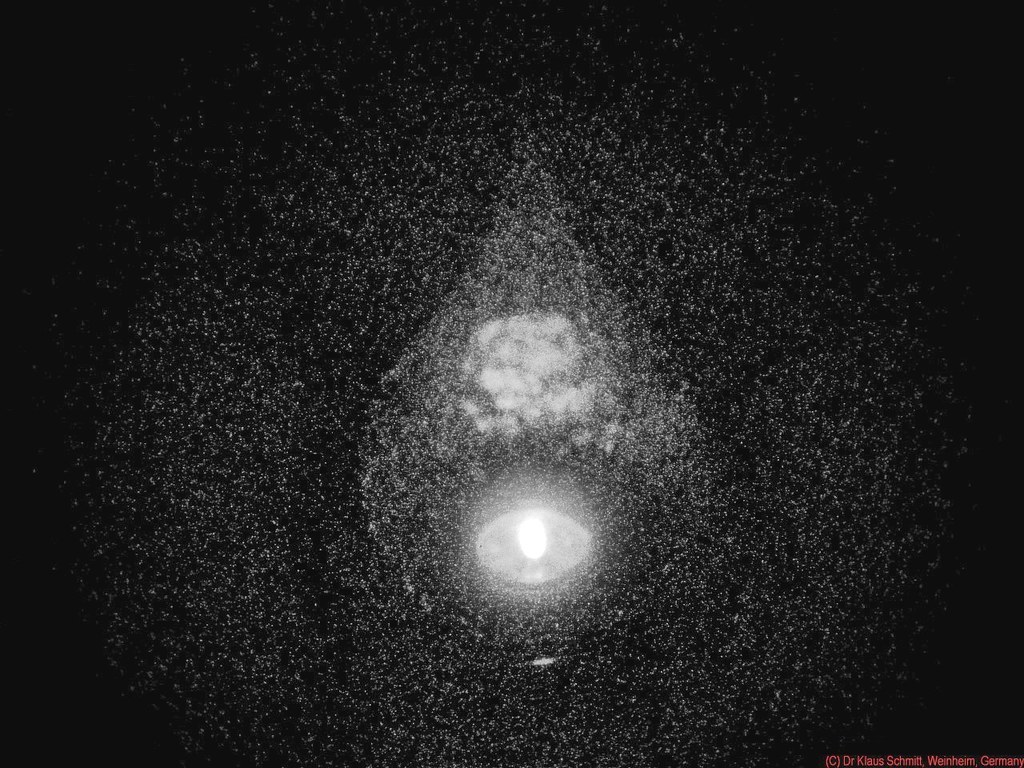Today more about birds and how to protect them against collision with power lines. Each year millions of birds die, especially when migrating in spring and autumn. The
patented FireFly bird diverter device was invented and is manufactured by the Swedish company Hammarprodukter AB to protect all types of birds from being killed by high voltage powerlines and is distributed worldwide.
[click images to see larger ones]
Birds (many of them) have the ability to see UV (ultraviolet) light, which we humans cannot see! This following grahic makes this visible by comparing our human spectral range to the larger one birds have, based on them being tetrachromats (they see 4 colors: Ultraviolet, Blue, Green and Red), whereas we humans are trichromats (we see 3 colors: Blue, Green and Red).
Be reminded: The pink-magenta UV "color" used here to illustrate has been chosen to make it better visible for us humans, but it is a chosen "false color", as per definition UV light has no color!
The following are visual (left) and reflected ultraviolet (UV)
light (right) images of the Hammarprodukter Firefly, shot using my multispectral
Camera, a UV-Nikkor 105mm quartz fluorite lens and a suitable UV transmitting filter. These are real images, not made up ones.
The Hammarprodukter FireFly shows a very high UV reflection (around 370nm), as well as a very high visible light reflection by means of its special reflective decals and by this efficiently scares birds away, or makes them alter their flight path to a safer one, when approaching Firefly-protected high voltage powerlines!
HERE are some live video recordings I have done of birds being effectively diverted
HERE is more what I have written about bird vision!
HERE a link to the manufacturer product site
Hammarprodukter.se
And
HERE more about human vision vs bird vision and how to make that visible.
[all graphics shown here are (C) Hammarprodukter AB and Dr Klaus Schmitt, used with permission]
More about that here later, as I took on the task to scientifically assist Hammarprodukter AB.
Stay tuned, more will follow on this fascinating subject...


















































